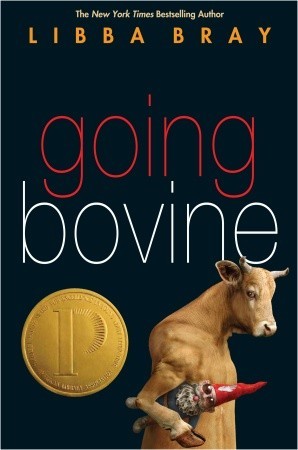
Levithan, David. Two Boys Kissing. New York: Ember, 2013. Print. ISBN:
0307931900
Summary: Meet Harry
and Craig, Ryan and Avery, Neil and Peter, Tariq, and Cooper, all young men
dealing with homosexuality in their very own ways. Follow each of their
stories, their sorrows and triumphs as we see them struggle with society’s
views.
Analysis: Two Boys Kissing is a great novel for the
young lad trying to come to terms with his sexuality. Meant for grades 7th
through 9th, Levithan does a great job at showing the parallels of society
back in the 1990s versus today. The story is told in short snippets where the
reader is introduced to several different lives of young men all dealing with
their homosexuality. We meet eight gentlemen, each with their very own story,
their own inner struggles, as they confront their homosexuality in today’s
society. Some deal with the acceptance from their parents – some are completely
accepting while others shun their own children. “Some of our parents were
always on our side. Some of our parents chose to banish us rather than see us
for who we were. And some of our parents, when they found out we were sick,
stopped being dragons and became dragonslayers instead. Sometimes that’s what
it takes – the final battle. But it should take much, much less than that.” (Levithan
84).
The reader also hears from
the generation of homosexuals that come before them. A generation of solitude,
a generation that had to hide their true selves, a generation of death –
whether by suicide or HIV. Told in first person plural where the “we” and “us”
of the 1990s is conveyed. “Two boys kissing. You know what this means. For us,
it was a secret gesture. Secret because we were afraid. Secret because we were
ashamed. Secret because it was a story no one was telling.” (Levithan 61). Levithan
is brilliant in showing these parallels. How society has grown since then and
also how far we still have to go for complete acceptance from parents, peers,
even one’s own self. How, no matter the year, their wants and needs are still
the same.
A story of acceptance. A
story of survival. A story we should all read, no matter your age, so we can
begin to understand homosexuals and their inner struggles. Told from each of
the character’s perspective, Levithan reels you into the lives of his
characters, leaving the reader with a complete picture of their struggles and
their rightful place in society. This is a book that all libraries should display
as a must read!
Activity: Before reading, students could research and
explore Guinness World Records for a record they would be passionate about
beating. Then the students will write a detailed outline of their plan to break
that record. Then the students will share their plans in a gallery walk. Some
students just might go and try to break some records.
Related Resources: Below are two books that deal
with being a homosexual in today’s society.
Levithan,
David. Boy Meets Boy. Westminster,
MD: Alfred A. Knopf, 2005. Print.
Boy Meets Boy is a story about
relationships, the good times along with the bad times, and somethings losing
the one you love.
Trumble, J.
H. Just Between Us. E
Rutherford, NJ: Kensington Pub Corp, 2013. Print.
Just between us is story of a young man
dealing with being diagnosed HIV positive, and how he will confront this being
in a newfound relationship. Secluding himself from that love and close
relationships, this is a story of coming to terms with the hand you’ve been
dealt and the people who will stick by you.
Scholarly Reviews:
School Library Journal 09/01/2013; Booklist 08/01/2013; Publisher’s Weekly 06/03/2013
Levithan,
David. Two Boys Kissing. Random House Children’s Books, 2013. EBSCOhost,
ezp.twu.edu/login?url=http://ezproxy.twu.edu:2060/login.aspx?direct=true&db=kdh&AN=BK0012690549&site=ehost-live&scope=site.



